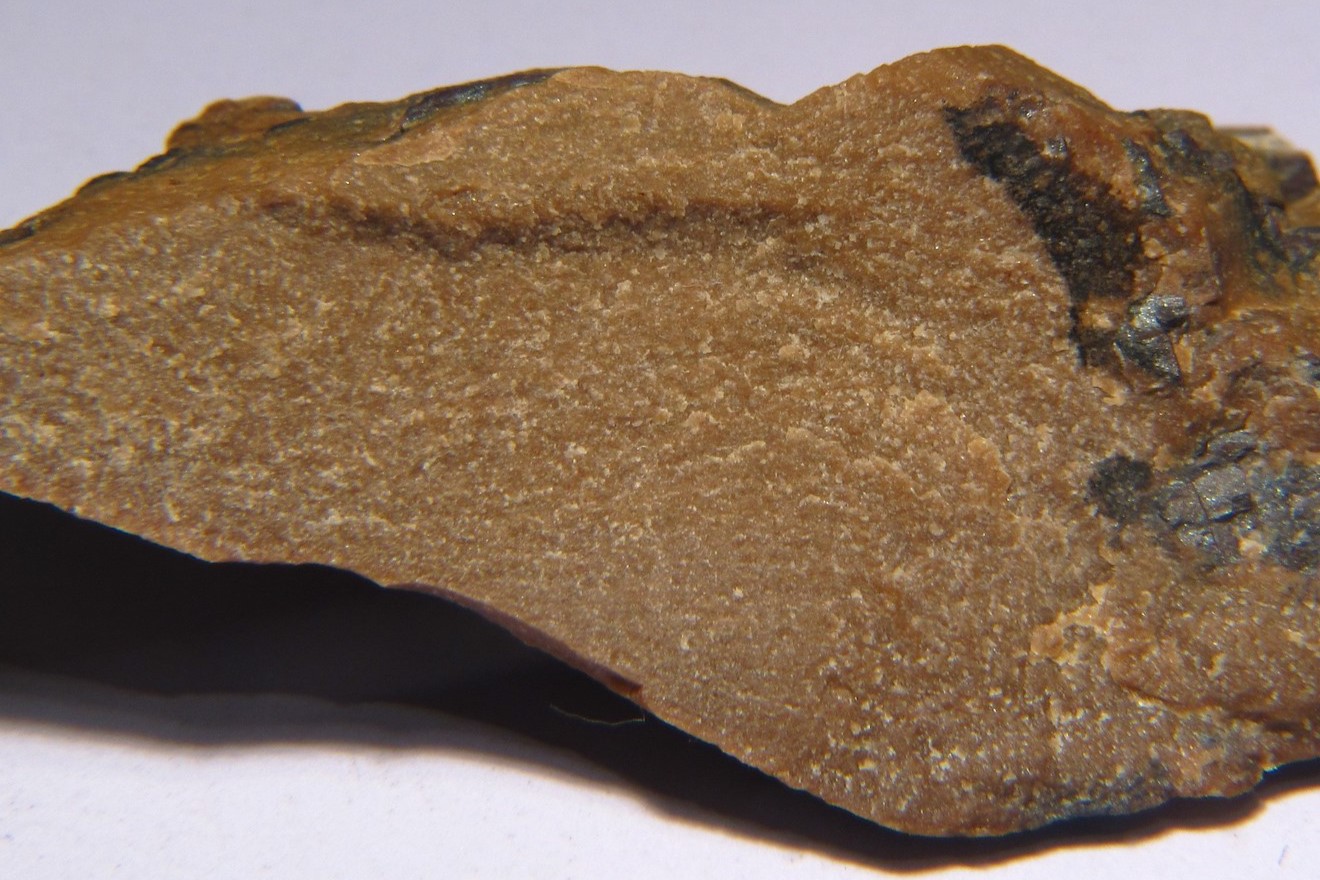
What is Banalsite? Banalsite is a rare mineral that belongs to the feldspar group. It’s composed of barium, sodium, and aluminum silicate. Found in specific geological environments, this mineral often appears in pegmatites and hydrothermal veins. Its crystals are typically colorless or white, sometimes showing a hint of yellow or pink. Banalsite is not just a pretty face; it’s also of interest to geologists and mineralogists due to its unique formation process. Why should you care about Banalsite? Understanding this mineral can provide insights into geological processes and the conditions under which certain rocks form. Whether you’re a student, a rock collector, or just curious, learning about Banalsite can be both educational and fascinating.
Key Takeaways:
- Banalsite is a rare and fascinating mineral with unique properties. It forms in hydrothermal veins and can be found in Wales, the USA, Norway, Japan, Canada, Italy, and Russia.
- With its glass-like appearance, perfect cleavage, and ability to fluoresce under UV light, Banalsite is a truly special mineral that captures the interest of geologists and mineral enthusiasts worldwide.
What is Banalsite?
Banalsite is a rare mineral that captures the interest of geologists and mineral enthusiasts alike. Its unique properties and formation make it a subject of fascination. Here are some intriguing facts about Banalsite.
-
Banalsite is a barium aluminum silicate phosphate mineral. Its chemical formula is BaNa2Al4(PO4)4.
-
It was first discovered in 1955. The mineral was found in the Benallt mine in Wales, which is how it got its name.
-
Banalsite is typically colorless or white. However, it can also appear in shades of pale yellow or green.
-
It has a vitreous luster. This means it has a glass-like appearance when light reflects off its surface.
-
The mineral has a Mohs hardness of 5.5. This makes it relatively hard, similar to the hardness of a steel nail.
-
Banalsite forms in hydrothermal veins. These are cracks in rocks filled with mineral-rich water that deposits minerals as it cools.
-
It is often found alongside other minerals. Common associates include quartz, feldspar, and apatite.
-
The crystal system of Banalsite is orthorhombic. This means its crystals form in three mutually perpendicular axes that are of unequal length.
-
It has a specific gravity of 3.5. This is a measure of its density compared to water.
-
Banalsite is not radioactive. Unlike some minerals, it does not emit harmful radiation.
Where Can You Find Banalsite?
Banalsite is not a common mineral, making its locations of discovery quite special. Here are some places where Banalsite has been found.
-
The Benallt mine in Wales is the type locality. This means it is the place where Banalsite was first identified and described.
-
It has also been found in the USA. Specifically, in the state of New Hampshire.
-
Banalsite occurrences have been reported in Norway. The mineral has been found in the Langesundsfjord area.
-
It is also present in Japan. Discoveries have been made in the Fuka mine in Okayama Prefecture.
-
In Canada, Banalsite has been found in Quebec. The mineral was discovered in the Mont Saint-Hilaire area.
-
Other locations include Italy and Russia. These countries have reported minor occurrences of Banalsite.
Unique Properties of Banalsite
Banalsite's unique properties make it a subject of study and admiration. Here are some of its notable characteristics.
-
Banalsite exhibits perfect cleavage. This means it breaks along flat, even surfaces.
-
It has a biaxial optical nature. This means it has two different refractive indices, causing light to split into two rays when passing through it.
-
The mineral is transparent to translucent. Light can pass through it, but not as clearly as through glass.
-
Banalsite has a low birefringence. This means the difference in the refractive indices is small, causing minimal double refraction.
-
It fluoresces under UV light. Banalsite can emit a visible light when exposed to ultraviolet light.
-
The mineral is piezoelectric. This means it can generate an electric charge in response to mechanical stress.
-
Banalsite is also pyroelectric. It can generate an electric charge when heated or cooled.
-
It has a high melting point. Banalsite can withstand high temperatures without melting.
-
The mineral is chemically stable. It does not react easily with other substances, making it durable over time.
Banalsite's Fascinating World
Banalsite, a rare mineral, holds a unique place in geology. Found mainly in pegmatites, it’s composed of barium, sodium, aluminum, and silicon. Its crystal structure and rarity make it a subject of interest for mineralogists and collectors alike. This mineral’s discovery in Sweden and subsequent finds in other parts of the world highlight its geological significance.
Understanding banalsite helps us appreciate the complexity of Earth's crust. Its formation process, involving high temperatures and pressures, provides insights into geological processes. Collectors value banalsite for its rarity and unique properties, making it a prized addition to any collection.
Banalsite may not be well-known, but its significance in geology is undeniable. Whether you're a collector, a student, or just curious, learning about banalsite opens a window into the intricate world of minerals. Keep exploring, and who knows what other fascinating facts you might uncover!
Frequently Asked Questions
Was this page helpful?
Our commitment to delivering trustworthy and engaging content is at the heart of what we do. Each fact on our site is contributed by real users like you, bringing a wealth of diverse insights and information. To ensure the highest standards of accuracy and reliability, our dedicated editors meticulously review each submission. This process guarantees that the facts we share are not only fascinating but also credible. Trust in our commitment to quality and authenticity as you explore and learn with us.


